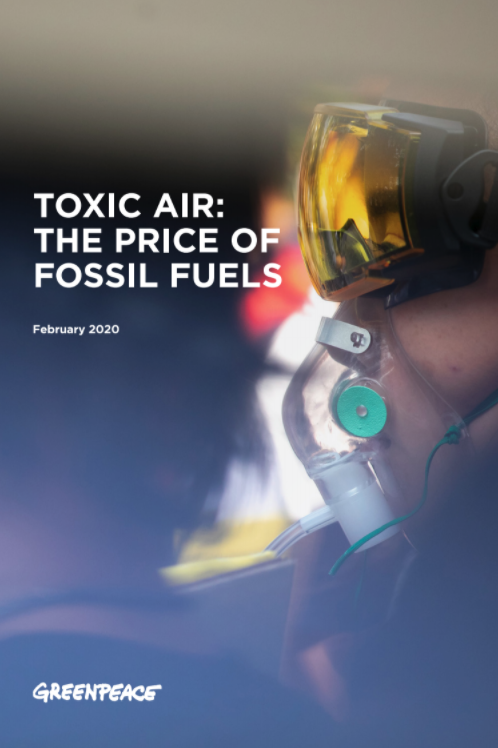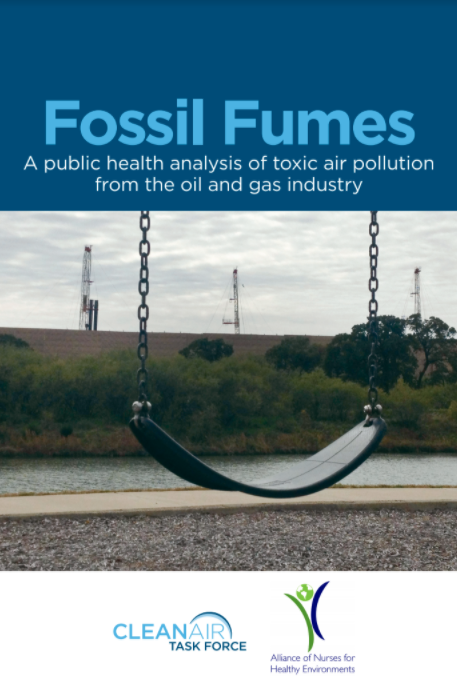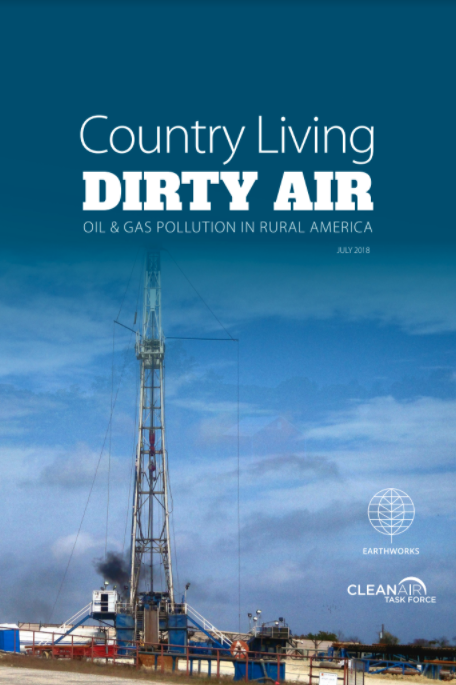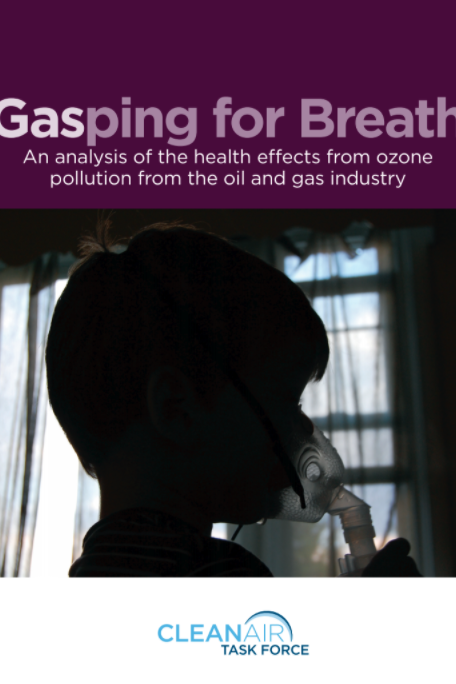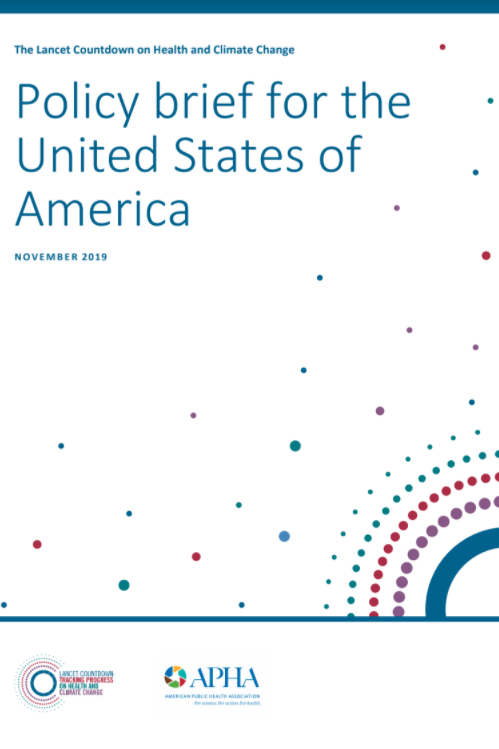Research
Health & Fossil Fuels
Fossil fuel production has serious consequences for public health. These public health consequences provide strong evidence for the need to end fossil fuel production and consumption as soon as possible. Here are five top reports on how fossil fuels put our health at risk.
Resources
Click here to see our latest talking points on health and fossil fuels or download them as a PDF.
Hidden Price Tags
Health and Environment Alliance
In this report, the Health and Environment Alliance (HEAL) seeks to shed light on the damage to health caused by government subsidies to the fossil fuel industry. It brings together the health costs arising from fossil fuel use and contrasts them with the subsidies paid by governments to the coal, oil and gas industry. In addition, the report offers insights into the key role of the G20 and the European Union in the fossil fuel subsidies debate and provides examples of new health investments that could be achieved by re-allocating fossil fuel subsidies.
Key Findings:
- Decades of research conducted worldwide show that the number of premature deaths increases with rising air pollution level.
- Air pollution is responsible for 34% of stroke, 27% of heart disease, and 36% of lung disease deaths worldwide.
- The World Health Organization (WHO) estimates that around 6.5 million people die every year – one in eight of all global deaths – because of air pollution exposure.That means air pollution – indoor and outdoor – is the world’s largest single environmental health risk and most of it stems from the combustion of fossil fuels.
- Externalities represent the most hidden form of public support to the fossil fuel industry – they are the costs that result from air pollution, climate change, and environmental degradation.
- All fossil fuel subsidies need to be eliminated for a transition to clean energy to take place, but the pollution caused by two specific fossil fuels does the most significant harm to human health: coal combustion and pollution from vehicle exhaust pipes.
Toxic Air: The Price of Fossil Fuels
Greenpeace
This report reveals the cost of air pollution from fossil fuels and highlights solutions that can protect our health and benefit our communities. Air pollution generated by burning fossil fuels is attributed to approximately 4.5 million premature deaths worldwide every year, the report shows. Air pollution increases the incidence of chronic and acute illnesses and contributes to millions of hospital visits and billions of work absences due to illness each year. It also damages our economies and the environment.
Key Findings:
- Worldwide an estimated 40,000 children die before their fifth birthday because of exposure to PM2.5 pollution.
- We found that air pollution from fossil fuel-related PM2.5is attributed to an estimated 2 million preterm births each year
- The economic cost of air pollution reflects pollution concentrations, population size and the availability and cost of healthcare. We found that the China Mainland, the United States and India bear the highest costs from fossil fuel air pollution worldwide, at an estimated US $900 billion, US $600 billion and US $150 billion per year, respectively.
- The cost of fossil fuel air pollution equates to a large percentage of many nations’ GDP.
- An estimated annual cost of US $2.9 trillion, equivalent to 3.3% of global GDP or US $8 billion per day, is attributed to air pollution from fossil fuels.
Fossil Fuels, The Building Industry, and Human Health
Kleinman Center for Energy Policy
This digest identifies a set of policy priorities for the Architecture, Engineering and Construction (AEC) industry aimed at evaluating the human health impacts of using fossil fuel based polymers in the built environment. Nearly everything in our built environment is permeated by chemicals derived from fossil fuels. Very little data is disclosed about the potential health risks associated with adopting such large quantities of nonrenewable and nonrecyclable plastics over the past 50 years. Architects, engineers, builders, clients, and the general public are poorly informed on the toxic accumulation of synthetic polymers that are used in the building industry and pervade in our air, water, and physical bodies. This digest seeks to inform and spur on more evaluation of these health risks.
Key Findings:
- PVC’s monomer, VCM (vinyl chloride monomer) is a known carcinogen and must be manipulated in closed systems to protect workers from exposure
- The accumulation of plastic in the human body contributes to increased risks of endocrine disruption that interferes with the proper functioning of estrogen and testosterone, and that has long term effects such as asthma, diabetes, obesity, infertility, and even attention deficit disorder.
- There is a need for a more integrated Life-Cycle assessment tool that accounts for all risks associated with manipulating different fossil fuel feedstocks, across various material phases.
Fossil Fumes: A Public Health Analysis of Toxic Air Pollution From the Oil and Gas Industry
Clean Air Task Force & Alliance of Nurses for Healthy Environments
This report presents estimates, based on analysis carried out by EPA, of the cancer risk and respiratory health risk to residents of every county in the United States that can be traced back to air toxics from the oil and gas industry. Specifically, the analysis here is based on the EPA’s National Air Toxics Assessment (NATA) analysis updated to reflect the emissions data from EPA’s National Emissions Inventory (NEI).
Key Findings:
- 238 counties in 21 states face cancer risk that exceeds EPA’s one-in-a-million threshold level of concern
- These counties have a population of over 9 million people
- 43 counties face a risk that exceeds one in 250,000 and 2 counties face a cancer risk that exceeds one in 100,000
- 32 counties also face a respiratory health risk from toxic air emissions that exceeds EPA’s level of concern (hazard index > 1)
- The areas with the greatest health risk are generally located in states with the greatest amount of oil and gas infrastructure including Texas, Louisiana, Oklahoma, North Dakota, Pennsylvania, and Colorado.
Country Living, Dirty Air: Oil and Gas Pollution in Rural America
Earthworks & Clean Air Taskforce
This report highlights the health impacts experienced by several of these rural communities as a result of the increased air pollution from oil and gas operations. Thanks to the shale boom, oil and gas development has expanded rapidly in many regions of the United States. The oil and gas industry has industrialized areas that were, and still largely are, rural and agricultural communities. In the process, industry has polluted these communities—rural except for oil and gas—with methane and associated toxics heretofore associated with urban areas.
Key Findings:
- The oil and gas industry dumps more than 8 million tons of methane and toxic pollutants like benzene into our air each year.
- Oil and gas production produces volatile organic com-pounds (VOCs) and nitrogen oxides (NOx), which combine in the atmosphere to form ozone smog.
- Air pollutants from the oil and gas industry alone are associated with 750,000 summertime asthma attacks in children and 500,000 missed school days.
- Many of the air pollutants from the oil and gas industry are linked to increased risk of cancer and respiratory disorders.
- Methane is a greenhouse gas 86 times more potent than carbon dioxide at driving climate change, and the oil and gas industry is the largest industrial source of methane pollution in the nation.
Gasping for Breath: An Analysis of the Health Effects from Ozone Pollution from the Oil and Gas Industry
Clean Air Task Force
Based on independent analysis by a researcher at Colorado State University, this report quantifies the national health impacts in the U.S. from ozone smog produced by the pollution from the oil and gas industry.The analysis describes the contribution of these emissions to ozone season ozone levels in 2025 and quantifies health effects of ozone smog from this industry.
Key Findings
The following health impacts are due to increases in ozone levels in 2025 resulting from oil and gas pollution:
- Nationally, there will be more than 750,000 summertime asthma attacks in children under the age of 18 due to ozone smog resulting from oil and gas pollution.
- Each summer, there will be more than 2,000 asthma-related emergency room visits and over 600 respiratory related hospital admissions nationally due to ozone smog resulting from oil and gas pollution
- Children will miss 500,000 days of school nationally each year due to ozone smog resulting from oil and gas pollution.
- Each year, adults must deal with 1.5 million days when they are forced to rest or reduce activity due to ozone smog resulting from oil and gas pollution.
- States with the largest number of asthma attacks attributable to oil and gas pollution are: Texas, Oklahoma, Colorado, and Pennsylvania.
Lancet Countdown on Health and Climate Change
Lancet Commission
This U.S. policy brief, which accompanies the global report, summarizes how vulnerable and marginalized populations in the U.S. are disproportionately harmed by the climate crisis, as well as how children are likely to face far greater health impacts from climate change than previous generations. Dr. Renee Salas, an emergency medicine doctor and a Harvard C-CHANGE fellow was the lead author of the U.S. Brief.
Key Findings:
- Every child born today will be affected by climate change. How we respond will determine the world we live in tomorrow and will shape the health of children across the globe, at every stage of their lives.
- Our cities are starting to prepare. 69% of cities across the world are currently developing or have already completed a climate change risk assessment.
- Governments need to do more. Only 28 countries made the link between health and climate change at the UN General Assembly in 2018.
- Some populations, including children, pregnant women, the elderly, and outdoor workers, are more vulnerable than others.
Health Effects From Gas Stove Pollution
Rocky Mountain Institute & Others
Across the United States, millions of homes and apartments rely on gas appliances for heating and cooking. Burning gas in buildings is not only a threat to climate action but also to human health, as these appliances are sources of indoor air pollution. Gas stoves, particularly when unvented, can be a primary source of indoor air pollution. What’s more, a robust body of scientific research shows the pollutants released by gas stoves can have negative health effects, often exacerbating respiratory conditions like asthma.
Despite this growing body of evidence, indoor air pollution remains largely unregulated. In this report, we synthesize the last two decades of research and offer recommendations for policymakers, researchers, health care professionals, and the public to work swiftly to mitigate the health risks associated with gas stoves. Air pollution is preventable, and we hope this report can spur the necessary action to protect public health.
Key Findings:
- Children are particularly at risk from pollution associated with gas stoves.
- Indoor air quality is largely unregulated.
- Gas stoves emit numerous pollutants including nitrogen dioxide and carbon monoxide.
- Ventilation is important but cannot be relied upon as a sole strategy to prevent exposure to gas stove pollution.
- Electric cooking is the cleanest household cooking option.


